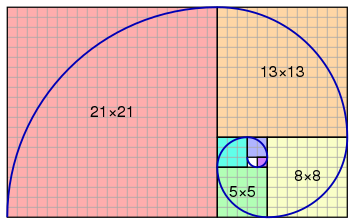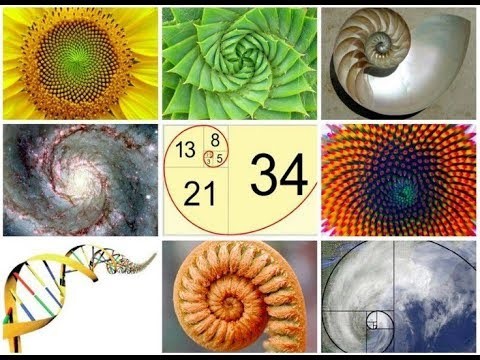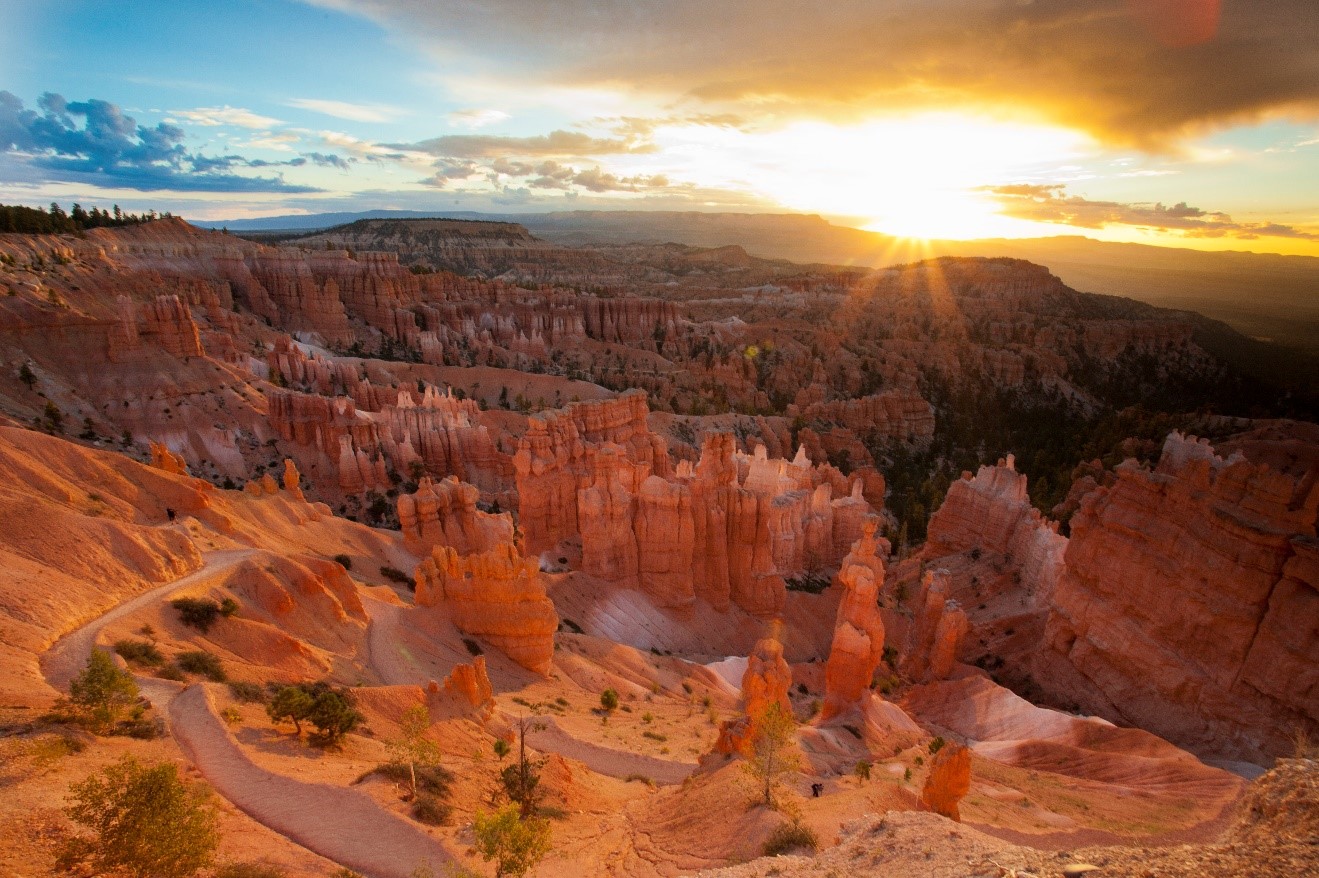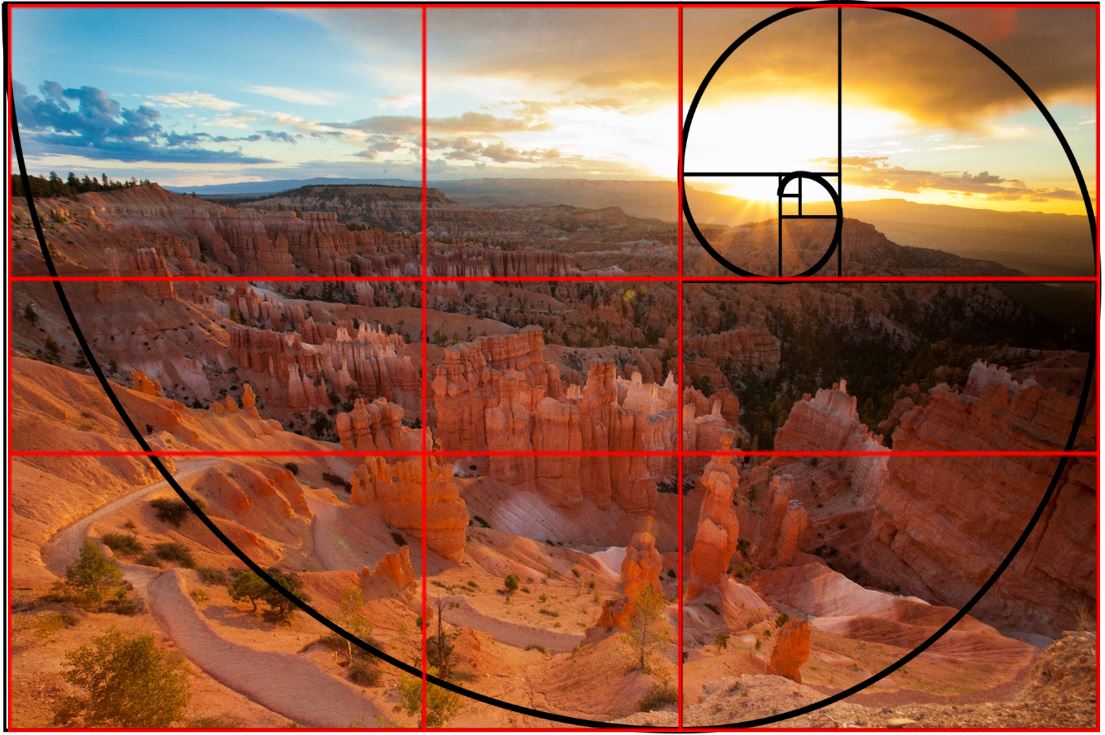
A Golden Photo Rule – The Golden Ratio
I’m not sure if it’s indeed an age-old adage, but it should be—Composition Is King. Next to lighting, composition is where the true artistry comes in with photography. And this goes for all types of photography—nature, wildlife, landscape, travel, macro, cultural, you name it. And when it comes to composition, it’s key to understand the “rules”, not because you have to adhere to them each and every time, but more so that when you break them, you know that you are intentionally doing so. Frankly, 9 times out of 10 compositional rules make for better photos, and it all comes down to math.
The Fibonacci Sequence
This isn’t the time to go into detailed math—you can google search Fibonacci sequence and review equations to your heart’s content. But in short, the Fibonacci sequence forms the basis for the golden ratio, and the principle is that every number after the first two is the sum of the two preceding ones
0, 1, 1, 2, 3, 5, 8, 13, 21, 34, 55, 89, 144 and so on…
This is the Fibonacci Sequence, and the series forms a ratio from one number to the next of 1.618—the golden ratio. Maybe you’ve seen this in graphical form before?

The reason it’s important is because the pattern it forms and fact that this ratio (and pattern) is uncannily common in the design our world. It’s as if this architecture behind the spacing of numbers may be at the root of how most things are organized and related…both in nature and man-made. From the patterns of crystallization, to the growth patterns of leaves, to proportions in the human body, it’s virtually everywhere.

When it comes to art, the magical thing here is that we don’t really know why this pattern appeals to us, visually, so widely. But, from literally thousands of psychological tests, we know that when things fit into the Golden Ratio, they are much more aesthetic than without (imagine lots of ink blot style interviews being done over the last century…).
Applying it to your Photography
Ok, we did a somewhat deep enough dive into the science and math of all this—let’s examine how you can benefit from this in photography.
For this next part, you may want to try this on some of your own photographs that you particularly love.
Here’s an example from me. Take a beautiful shot that you find particularly aesthetic…I’m choosing one of my favorite sunrise shots from Bryce Canyon National Park.

And now download a Golden Ratio spiral and overlay it onto your photo. Click HERE if you want to get one off of google images quickly. Pro tip: when overlaying it, don’t be afraid to flip the spiral, as it works in any orientation.

Notice anything? Yep! Look how perfectly the golden ratio fits to this photo. A) the outer edge of the spiral “scoops” up the main components of the image—the lovely hoodoos in this Bryce amphitheater and B) the spiral zeros-in smack dab on the sun as it’s rising over the horizon. It’s uncanny!
We’re often trained to visualize a “rule of thirds” grid over photos and in some newer cameras you can actually turn that grid on in your viewfinder for overlaying it as you take the photo (iphones do this wonderfully). And no, it’s not quite that easy to imagine a spiral on top of your photos as you take them. Nor are there any apps that I know of that can do this while you’re taking the photo. But, some compositional and mathematical wizards out there have made it a little easier by defining what’s known as the Phi Grid.
The Phi Grid is basically a simplification of the Fibonacci Spiral (i.e., golden ratio) into grid form, which our eyes can more accurately imagine.

Basically the Phi Grid is a slightly adjusted version of the rule of thirds, in that the middle lines (both vertically and horizontally) are pinched in a little. See how it all fits together and the relationship between the grid and the spiral?
Now, I’m not saying to ignore the classic rule of thirds grid, as it’s pretty darn useful, and the Phi Grid isn’t the replacement. Instead, I’m just offering this as yet another tool in the quest for amazing composition. Maybe next time you’re lining up your perfect rule of thirds shot, recognize that you have a little wiggle room, and it’s always worth experimenting. The more tools you have in your toolbox, the more you’re going to enjoy your photography and your resulting photos.
So, go out there and give it a shot. If you have any thoughts or questions on the Golden Ratio, Fibonacci Spiral, or whatever you’ve heard this concept called, please leave a comment below!
Best,

Court
4 Comments

Prof Prem raj Pushpakaran
January 29, 2019 at 6:59 am

Bill
May 13, 2019 at 8:32 pm

Court Whelan, Ph.D.
May 23, 2019 at 8:19 am

Court Whelan, Ph.D.
May 23, 2019 at 8:22 am
Prof Prem raj Pushpakaran writes –let us celebrate Phi Day!!!
I can’t download the spiral. Can one be mailed to me?
hey Bill, sure thing, I’ll aim to mail you a link on this.
on its way!